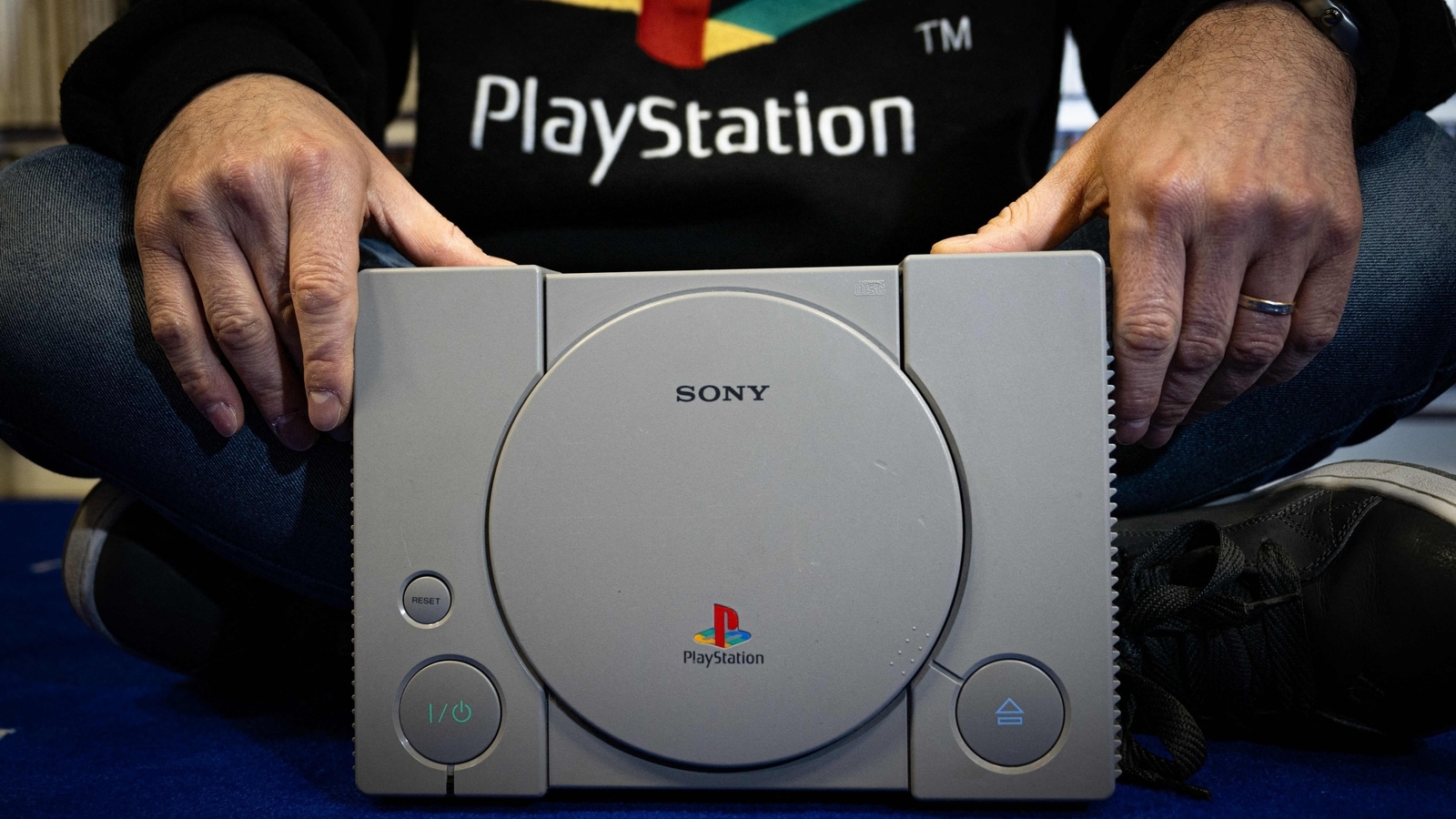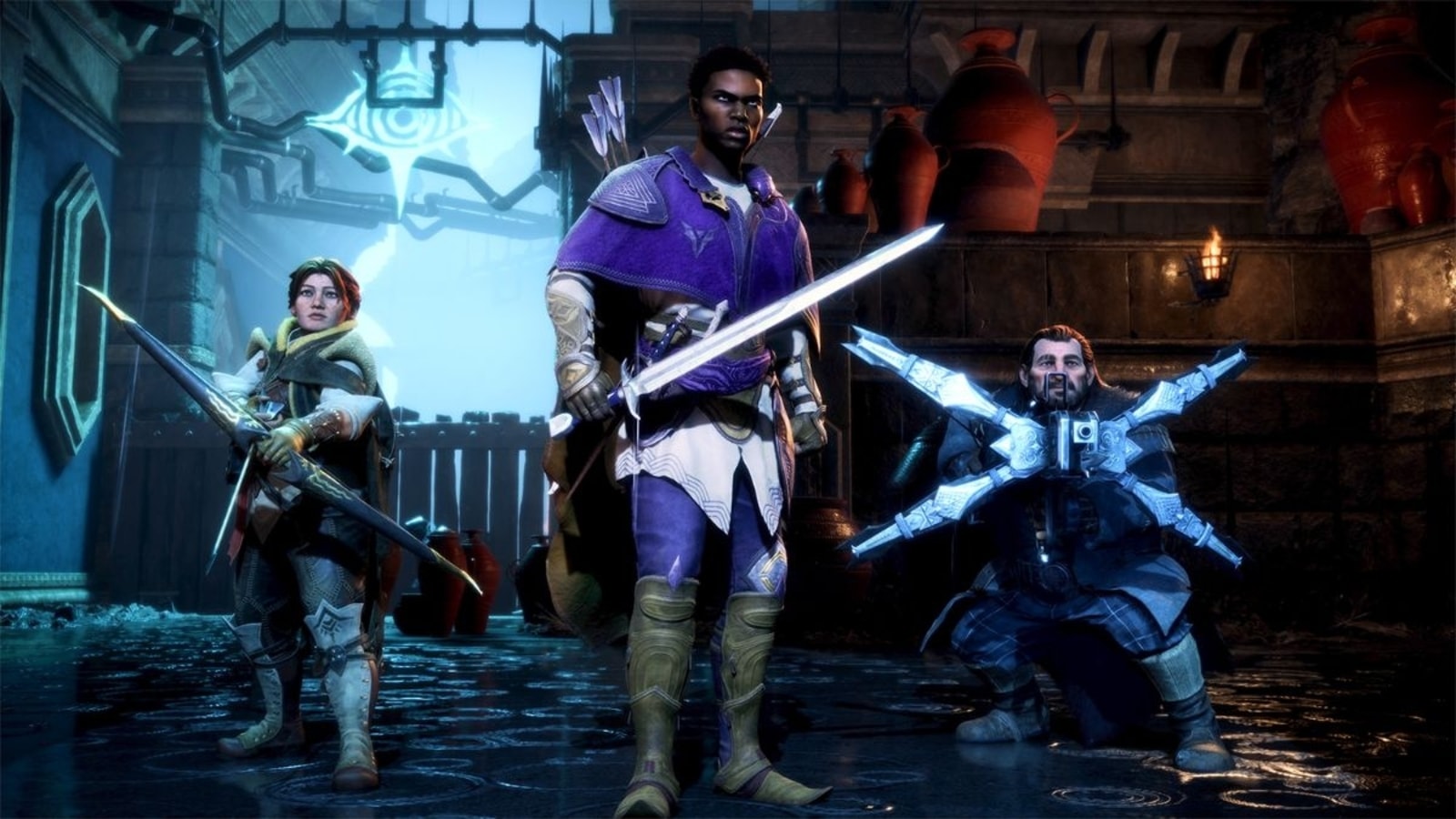PORT ST. LUCIE, Fla. — It is one of baseball’s enduring little mysteries, how a game so rich in possibilities also offers so many precedents. You may see something new at the ballpark every day, yet if you stick around a while, you feel like you’ve seen it all before.
So it was in mid-March, when the Mets lost Edwin Díaz, the game’s premier closer, to a torn patellar tendon in his right knee just two weeks before opening day. The circumstances of the injury were novel — bouncing on the grass with his Puerto Rico teammates after a victory in the World Baseball Classic — but the basics were familiar to General Manager Billy Eppler.
“I remember when we lost Mo,” said Eppler, a former Yankees assistant, recalling a season-ending knee injury to the Hall of Fame closer Mariano Rivera in May 2012. “I remember exactly where I was sitting when I got the news: the Atlanta airport. I think I was seeing an amateur for the draft, and I was flying back. Twitter informed me, because everybody saw it at the same time.”
Rivera’s knee injury, which came while chasing a fly ball in batting practice in Kansas City, Mo., did not stop the Yankees. Another veteran right-hander, Rafael Soriano, filled in ably for Rivera, and the team was talented enough to still win the most games in the American League.
Now consider these Mets, who start their season in Miami on Thursday against the Marlins. The Díaz injury was by far the most notable moment of spring training, yet for all the psychic pain of it — so sudden, devastating and public — the Mets should still be a postseason lock. They are not much different than the 101-win version from 2022.
“I think in pretty much every single category, we were inside the top five, whether it was pitching or offense,” Eppler said. “And that lends itself to: hey, if you’re in a game and you need to score a lot of runs, that can happen. Or if you’re in a starting pitching duel, we can win that game. We can win games in a number of different ways.”
Among National League teams last season, Mets pitchers had the most strikeouts, the second-fewest walks and the third-best E.R.A. The team’s hitters had the best batting average, ranked second in on-base percentage, tied for third in runs and were fifth in slugging percentage.
Mets Manager Buck Showalter seems likely to decide his closer based on matchups, as the Philadelphia Phillies did, mostly with success, in the postseason last fall. The veteran right-hander David Robertson, who saved Game 1 of the World Series for the Phillies, signed a one-year deal with the Mets, who also brought back Adam Ottavino and traded for the left-hander Brooks Raley.
“We have the ability to create the right matchups regardless of what inning it is,” Showalter said.
If they don’t, Eppler can always make a midseason trade. Relievers are much more valuable to contenders than they are to also-rans, who always tend to have a couple of decent ones available. (Imagine Alexis Díaz — Edwin’s brother and an overpowering right-handed reliever for the lowly Cincinnati Reds — jogging in from the Citi Field bullpen, trumpets blaring, in late summer.)
What to Know About M.L.B.’s New Rules
All about action. Major League Baseball is implementing some of the biggest changes in the sport’s history in an effort to speed up the game and inject more activity. Here’s a look at some of the new rules taking effect this season:
The Mets have a few new complementary position players, but the offense is so well intact that in Saturday’s exhibition Showalter used the same lineup he did in the final playoff loss to the San Diego Padres last October.
The rotation looks different without Jacob deGrom, Chris Bassitt and Taijuan Walker, but with Justin Verlander, Kodai Senga and David Peterson — the winner of a spot vacated by José Quintana, who had surgery to repair a stress fracture in his rib — the results should be roughly the same.
“He’s got a very talented hand,” Showalter said of Verlander, a right-hander. “He changes the shape of his pitches a lot. He’s in tune with the advanced part of it. It’s like he’s his own pitching coach, and I’ve got to tell you, he doesn’t suffer good execution by him — he’s chasing perfection.”
On Sunday, facing a threadbare Marlins split-squad lineup, Verlander labored through 95 pitches across five innings, allowing three runs, eight hits and four walks. He was struck twice by batted balls, though neither time on his pitching arm.
“I don’t particularly like the way I’m pitching right now, so I have to figure it out,” Verlander said. “Mechanics-wise I was kind of all over the place today. Control wasn’t great.”
Verlander, 40, is making $43.3 million — same as the Mets’ Max Scherzer — as part of Steven A. Cohen’s record $370 million pretax payroll. He was more matter-of-fact than glum about his final spring tuneup. The active leader in wins and strikeouts, Verlander has a keen sense of how to prepare for a season that stretches through the World Series.
With Houston last year, Verlander won his third A.L. Cy Young Award and finished with a long-awaited World Series victory. It was his first season after a long comeback from Tommy John surgery in which he concentrated not just on his elbow but on his entire body, for better mobility and endurance.
“I’ve always been fairly strong going into the latter half; I think it’s just knowing yourself, knowing your routine and focusing on recovery,” Verlander said Sunday. “Of course I stuck with it, I hope with the same results. Every year you learn something new, so I’m just trying to pick up where I left off.”
Showalter slotted Verlander third in the rotation, after Scherzer and the left-handed Peterson, to put a different look between two Hall of Fame-bound right-handers and to line up Verlander for the home opener at Citi Field on April 6. He said he was eager to pitch for the home team in Flushing — “I know these fans are passionate and so am I,” he added — after a career in Detroit and Houston.
“It’s something that’s exciting to look forward to, but I don’t think it was ever a goal, per se, to pitch in New York,” Verlander said. “But I think you play long enough and a lot of guys find their way here. So here I am.”
Roger Clemens, Tom Glavine, Pedro Martinez, Randy Johnson and Scherzer all brought multiple Cy Young Awards to New York. All of them helped lead the Mets or the Yankees to the postseason, and Verlander should have the same experience.
The Mets, and their fans, would be wise to listen to the words Díaz told shortstop Francisco Lindor, his teammate with Puerto Rico, in the moments after the injury.
“He was like, ‘Keep on going, it’s all right, it’ll be fine, everything will be OK,’” Lindor said. “That’s just who he is. He’s a very optimistic person.”
And the Mets should be a very optimistic team.

























